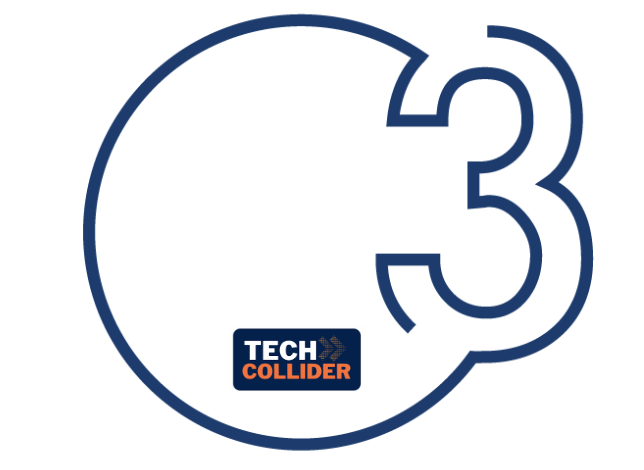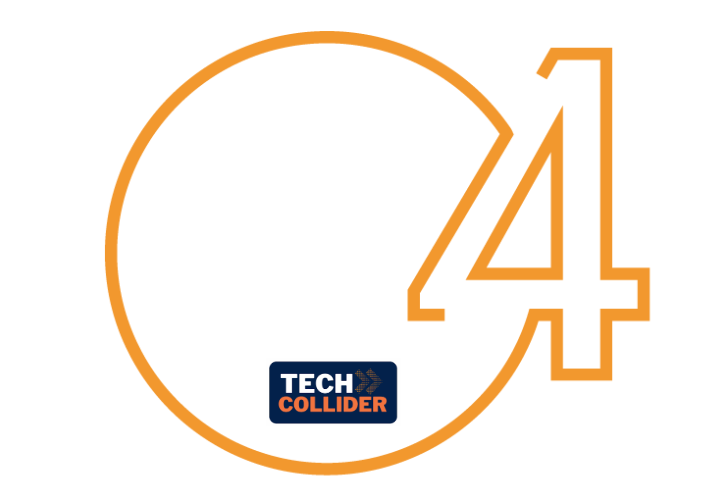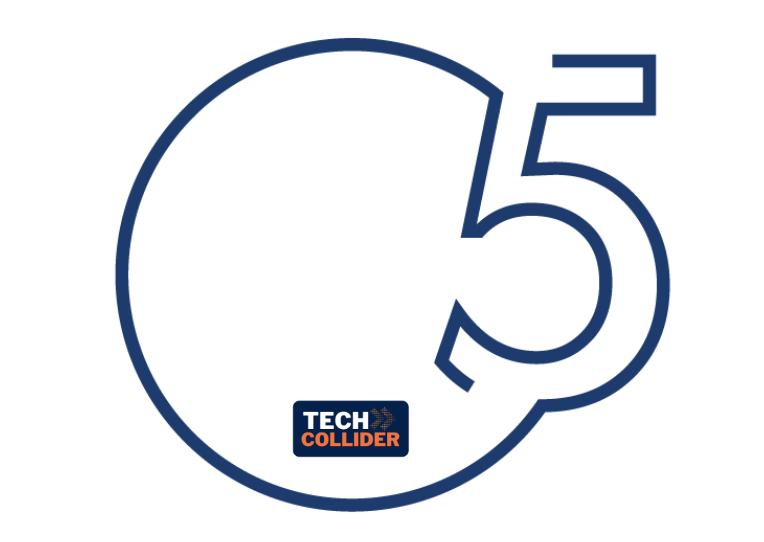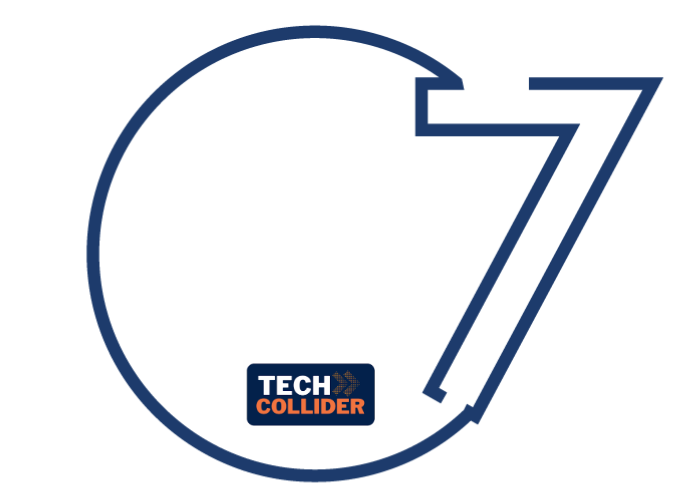The energy transition toward the use of renewable energy sources requires a profound technological adaptation of the electricity distribution and transmission grid toward the new Smart Grid concept. Non-Intrusive Load Monitoring (NILM) techniques make it possible to extract the consumption profiles of individual appliances in an electrical system without the installation of dedicated measurement devices and are of paramount importance to utilities and end users. The technology developed consists of a software platform based on artificial intelligence algorithms that can provide users with detailed information about their consumption.

Patent Status
PENDING

Priority Number
102017000004554

Priority Date
17/01/2017

License
INTERNATIONAL
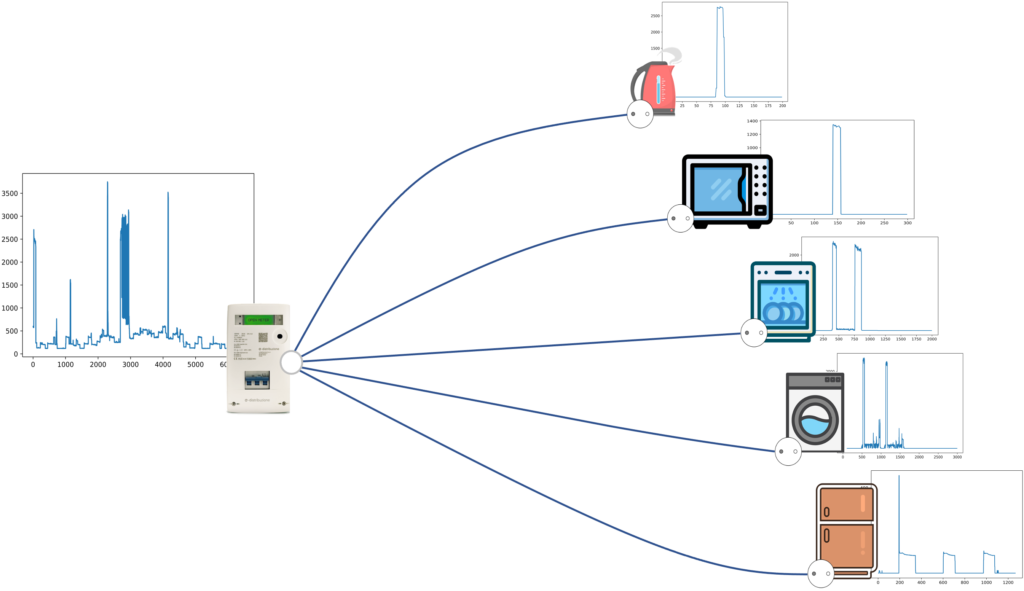
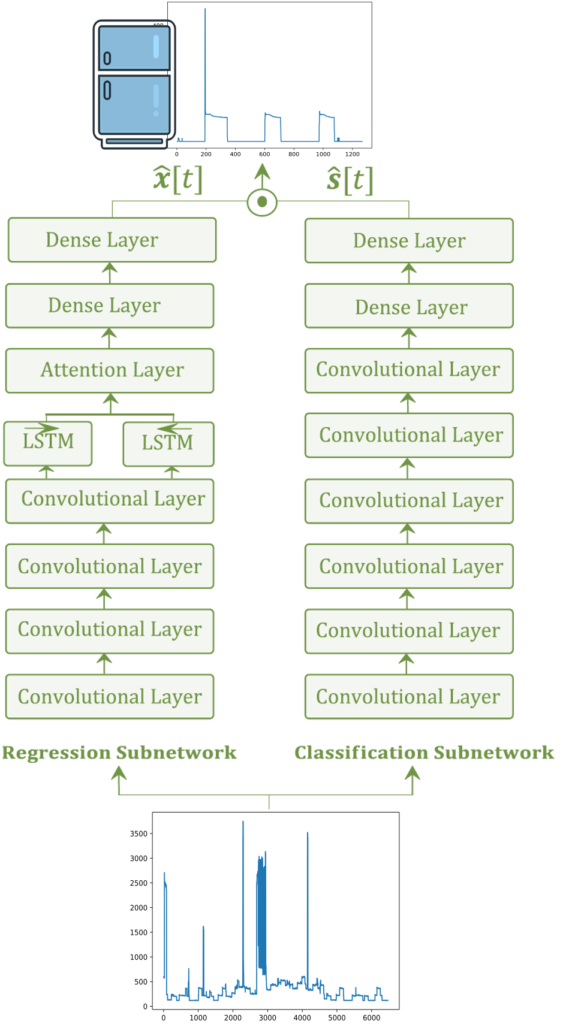
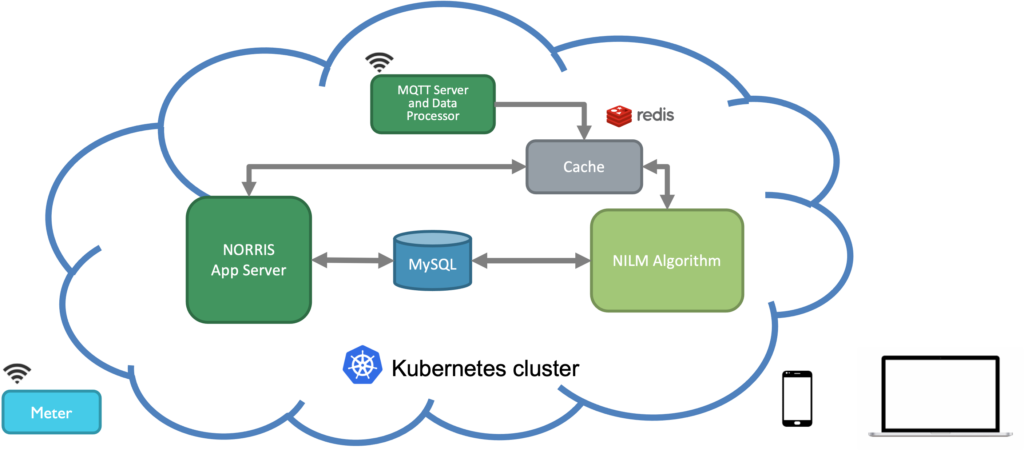
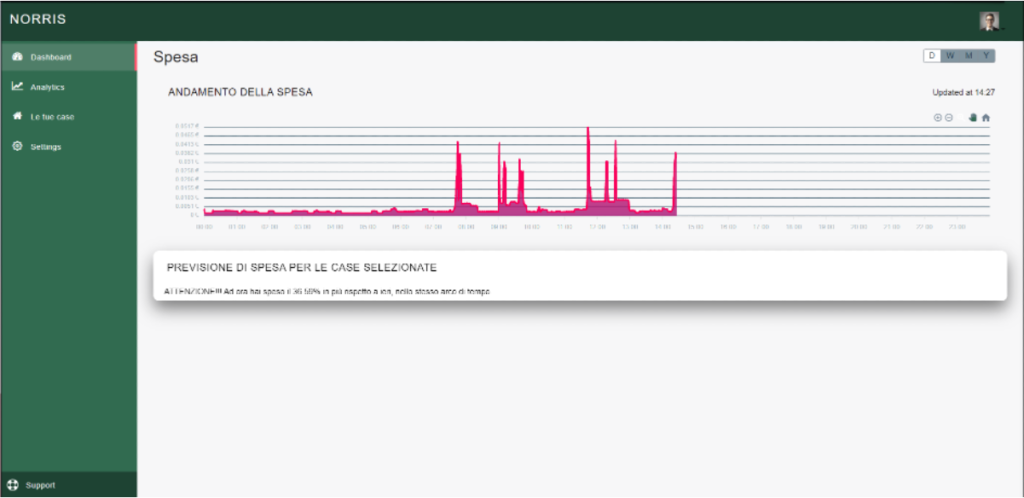
Market
Non-Intrusive Load Monitoring (NILM) technologies have the potential to reduce energy consumption by approximately 12%. NILM can be used in various scenarios such as Energy Management Systems, Demand Response Programs, Home Automation, Fault Detection and Diagnosis, and Appliance Design. By integrating NILM into energy management systems, building managers can optimize energy consumption, reduce costs and identify opportunities for energy savings. Utilities can use NILM to monitor energy consumption during peak periods and offer incentives for reducing usage. Home automation can also benefit from NILM by automating appliances to improve energy efficiency. NILM can also identify faulty appliances in buildings and help manufacturers design more energy-efficient appliances by monitoring energy consumption and identifying areas for improvement.
Problem
Non-Intrusive Load Monitoring (NILM) techniques fall within the broader scope of Smart Grid-related technologies. The energy transition to renewable energy sources requires significant retrofitting of power distribution and transmission grids, and NILM techniques are a key element to that end. NILM techniques are contrasted with intrusive monitoring techniques, in which each device is equipped with a dedicated meter, and which consequently have significantly higher costs.
The proposed NILM technology uses an intelligent algorithm that can extract the power consumption of individual devices connected to an electrical system by measuring the overall active and reactive power of the system. In the proposed solution, an advanced algorithm based on Deep Learning integrated into a software platform that includes a cloud server to which consumption data is sent. Following the processing phase, the individual consumption of each appliance is made available to the user via a web or mobile interface. In this way, in residential settings, users are more aware of the consumption of their devices and are incentivized to behave more responsibly and wisely, avoiding waste, and reducing consumption. In addition, the technology supports in identifying appliances that are not running at optimal efficiency. This information can then be used to make adjustments or repairs that can improve appliance performance, leading to lower energy consumption and lower utility bills. NILM can enable utilities to implement demand response programs more effectively by providing them with real-time information about energy usage in a household or business.
Current Technology Limits
Some of the main limitations of today’s Non-Intrusive Load Monitoring (NILM) technologies include:
1. Limited Accuracy: NILM technologies are not always accurate in identifying individual appliances and their energy consumption. The accuracy of the technology largely depends on the quality of the data and the algorithms used to analyze it.
2. Privacy Concerns: NILM technologies rely on collecting data on energy consumption in buildings, which can raise privacy concerns if the data is used to monitor the behavior of occupants.
3. Data Storage and Management: The amount of data generated by NILM technologies can be significant, and it can be challenging to store and manage this data effectively.
In the proposed technology, the limitations have been addressed by using Deep Learning algorithms with reduced complexity that exploit advanced techniques such as tensor decomposition, knowledge distillation, and pruning. In this way, the developed solution can also be integrated in edge devices with limited resources that do not require transferring data to a remote server and alleviate privacy concerns. Moreover, the accuracy has been improved by employing reactive power measurement and transfer learning techniques.
Killer Application
Non-Intrusive Load Monitoring (NILM) technology has various potential applications in different industries, including residential settings. In homes, NILM can help users become more conscious and responsible with their energy consumption, reducing waste and promoting energy efficiency. The technology can also detect abnormal consumption patterns of individual household appliances, indicating malfunctions. Home Energy Management Systems can use NILM to schedule the on/off times of appliances based on factors such as energy cost and renewable energy availability, implementing Demand-Response mechanisms. In addition, NILM can support Ambient Assisted Living systems by monitoring consumption and providing information related to Activities of Daily Living, which can indicate possible dangerous situations based on abnormal usage patterns.
Our Technology and Solution
The proposed NILM technology utilizes active and reactive power to disaggregate the total electrical load into individual appliance-level loads. The implementation of this solution is done on a cloud server using Kubernetes, MySQL, and Redis using the Python programming language. Kubernetes is used to manage and scale the different components of the system. MySQL is used to store historical data while Redis is used for real-time data processing.
The algorithm uses supervised learning to train a deep neural network model on the active and reactive power data. The model is trained on a large dataset of power consumption data with known appliance-level loads. The trained model is then used to disaggregate the total electrical load into individual appliance-level loads. Users can view the disaggregation results both in a web page and in a mobile app, a detailed breakdown of the appliance-level loads and their corresponding power consumption can be consulted. The cloud server provides scalability and reliability for the NILM solution. The server can handle large volumes of power consumption data and can process the data in real-time. The Kubernetes orchestration ensures that the server is always available and can handle the load. The proposed technology provides an easy and non-intrusive way for users to monitor their energy consumption. By providing detailed information about individual appliances, users can make informed decisions about their energy usage and reduce their overall consumption.
Advantages
The advantages of Non-Intrusive Load Monitoring include cost-effectiveness, non-invasiveness, increased energy efficiency, improved maintenance, and real-time monitoring. Since the technology does not require individual meters for each device, it is more cost-effective than traditional metering methods. Additionally, it does not require any physical alterations to the electrical system, making it more attractive to building owners and managers. By identifying the devices and their patterns of energy consumption, building owners and managers can optimize energy usage and reduce energy costs. This information can also be used to carry out maintenance or replace faulty devices, improving the overall efficiency and reliability of the electrical system. With real-time monitoring, building owners and managers can monitor energy usage and identify areas for improvement.
Roadmap
The implemented solution needs further development aimed at further raising the technology readiness level. In particular, a suitable sensor for active and reactive power measurement capable of running the disaggegation algorithm locally or of interfacing with the cloud platform needs to be developed. This will enable real-time monitoring and analysis of power consumption data, allowing for more efficient energy management and optimization. Additionally, further research into advanced machine learning techniques could improve the system’s performance and reliability. Finally, interoperability with software platforms used by distribution operators will be required.
TRL

